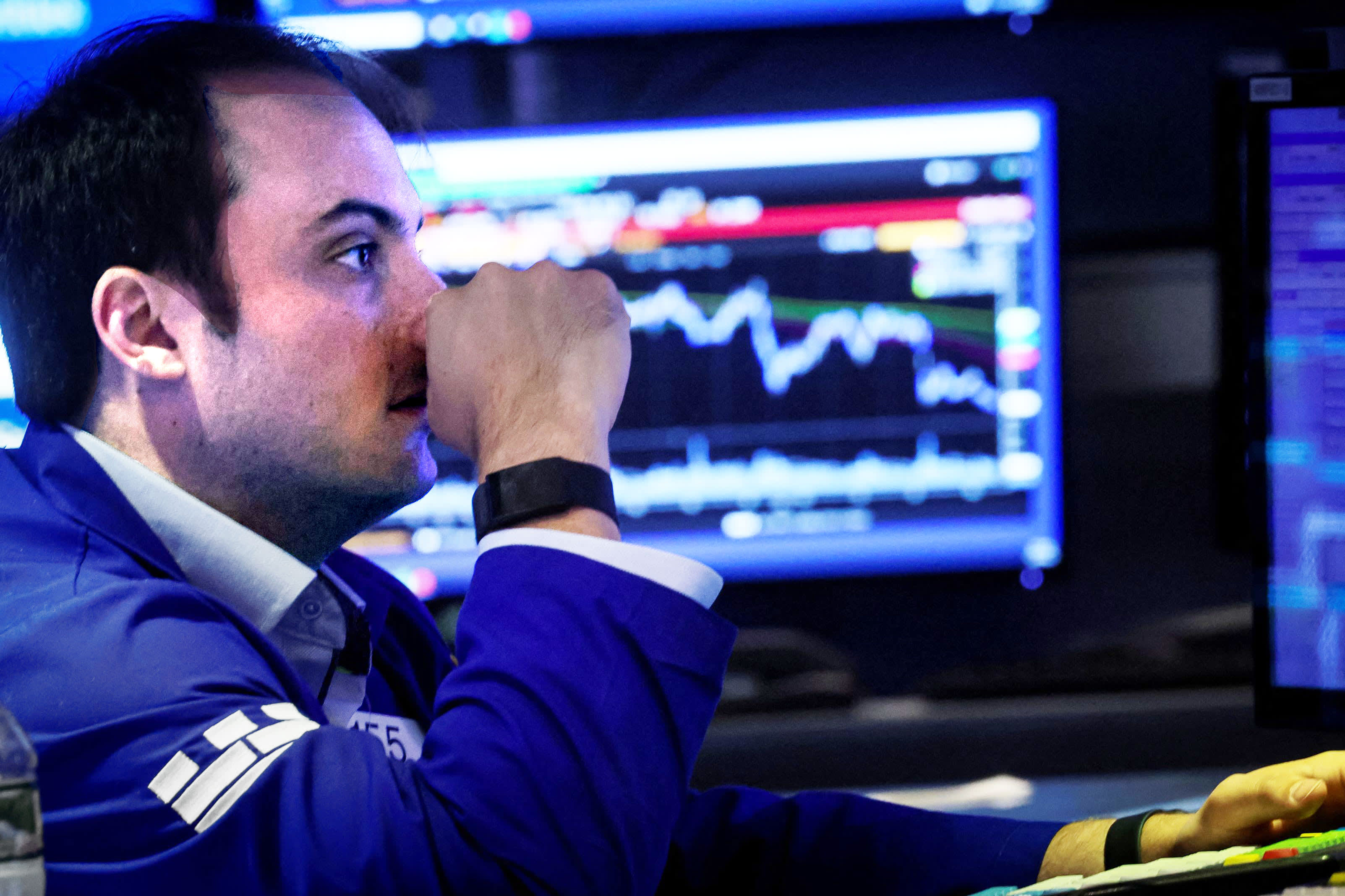US Markets
Wednesday, October 30th, 2024 3:35 pm EDT
Key Points
- Steady but Slightly Below-Expected Economic Growth: The U.S. economy grew at an annualized rate of 2.8% in Q3, driven by strong consumer spending and government spending, though it fell short of the 3.1% growth rate forecasted by economists.
- Robust Consumer and Government Spending: Consumer spending, which accounts for about two-thirds of GDP, rose 3.7% in the quarter, contributing significantly to growth. Additionally, federal government spending surged by 9.7%, led by a 14.9% increase in defense spending.
- Inflation and Federal Reserve Policies: The Fed’s preferred inflation metric, the PCE price index, increased by 1.5% for the quarter, which is below its 2% target, and markets anticipate another rate cut at the Fed’s upcoming November meeting.
The U.S. economy demonstrated solid, though slightly below-expected, growth in Q3, with GDP rising at an annualized rate of 2.8% from July through September, as reported by the Commerce Department. This figure fell short of the anticipated 3.1% increase and followed a 3% GDP rise in Q2. Despite high interest rates and concerns that post-COVID fiscal stimulus might not sustain growth, the economy has continued to expand, primarily due to resilient consumer spending, which makes up roughly two-thirds of economic activity. Personal consumption expenditures (PCE), a key indicator of consumer activity, grew by 3.7% for the quarter, marking the highest performance since Q1 2023 and contributing nearly 2.5 percentage points to overall GDP growth. Federal government spending also contributed significantly, spiking by 9.7% due to a substantial 14.9% increase in defense spending, which added 0.6 percentage points to GDP growth. However, growth was partially offset by an 11.2% jump in imports, which subtract from GDP, despite an 8.9% rise in exports.
Market reactions to the GDP report were subdued, with stock futures mixed and Treasury yields showing little movement. Separately, payrolls data indicated robust private job growth in October, suggesting continued strength in the labor market. Allianz Trade North America’s economist, Dan North, described the combination of steady growth and easing inflation as ideal. However, inflationary impacts continue to weigh on public sentiment, with many Americans feeling the pinch of past high inflation, despite recent improvements.
The GDP report comes as the Federal Reserve is expected to maintain its policy stance, with markets anticipating a quarter-point interest rate cut after the Fed’s meeting on November 7. The Fed’s preferred inflation metric, the PCE price index, showed encouraging signs, rising only 1.5% for the quarter, falling below the Fed’s 2% target and significantly down from the prior quarter’s 2.5% rise. However, core PCE, excluding volatile food and energy prices, was up 2.2%, indicating some persistent underlying inflation. As consumers drive economic momentum, they are relying more on savings and credit, with the personal savings rate falling to 4.8% from the previous 5.2% rate.
This economic context intertwines with a highly polarized presidential race. Democrat Kamala Harris, running for president, highlights the economy’s sustained expansion, pointing to 10 consecutive quarters of growth. In contrast, Republican Donald Trump has focused on inflation concerns, referencing its recent peak as evidence of economic strain. Although inflation has decelerated significantly, cumulative price increases since Harris began her term have still risen by nearly 17%, reflecting a complex economic legacy as the election approaches.
For the full original article on CNBC, please click here: https://www.cnbc.com/2024/10/30/us-gdp-q3-2024.html




